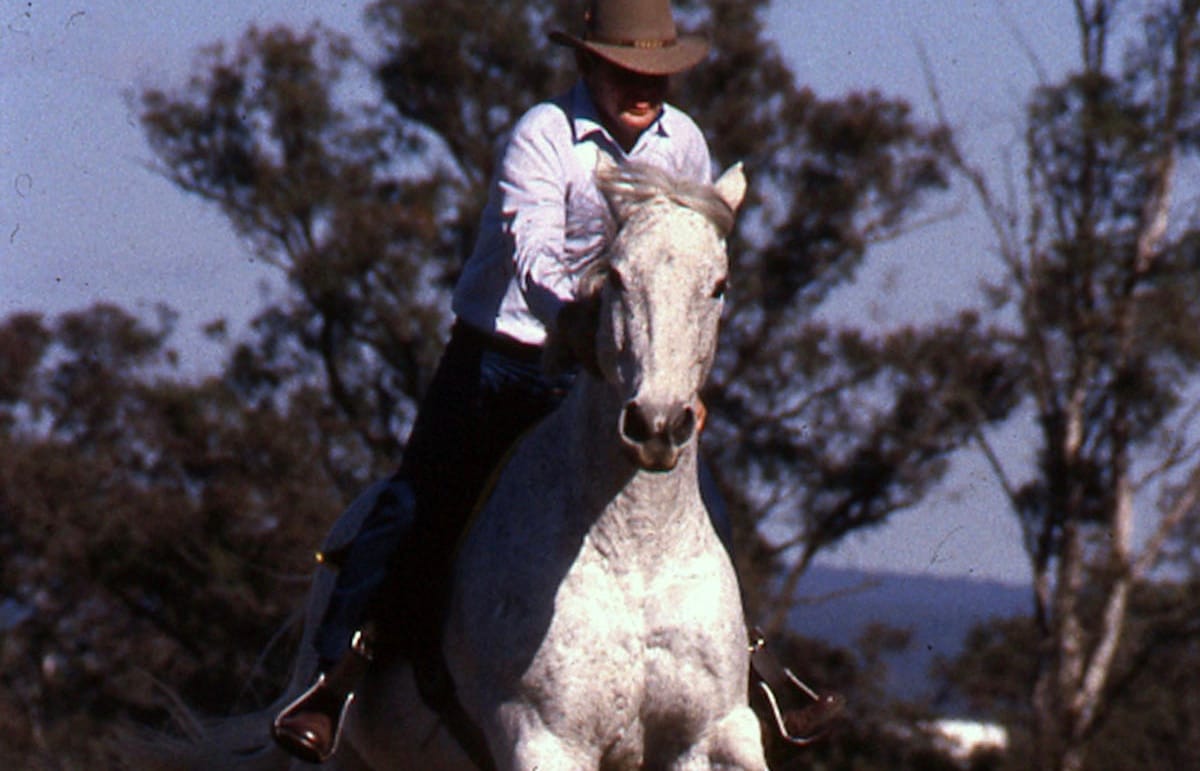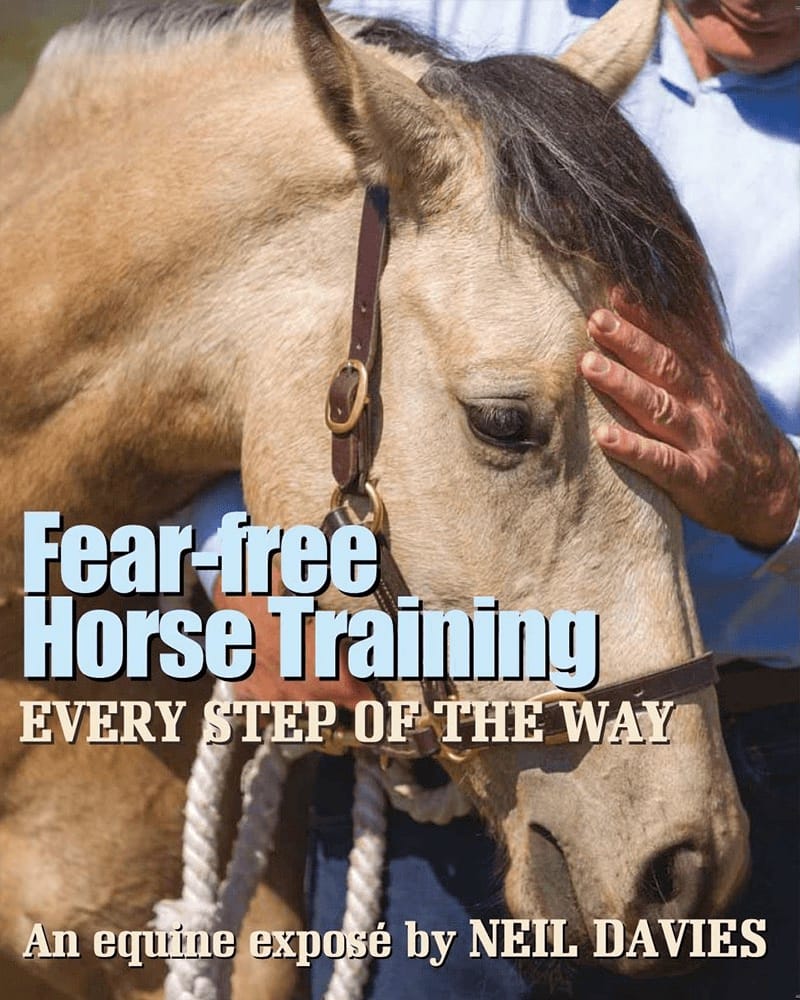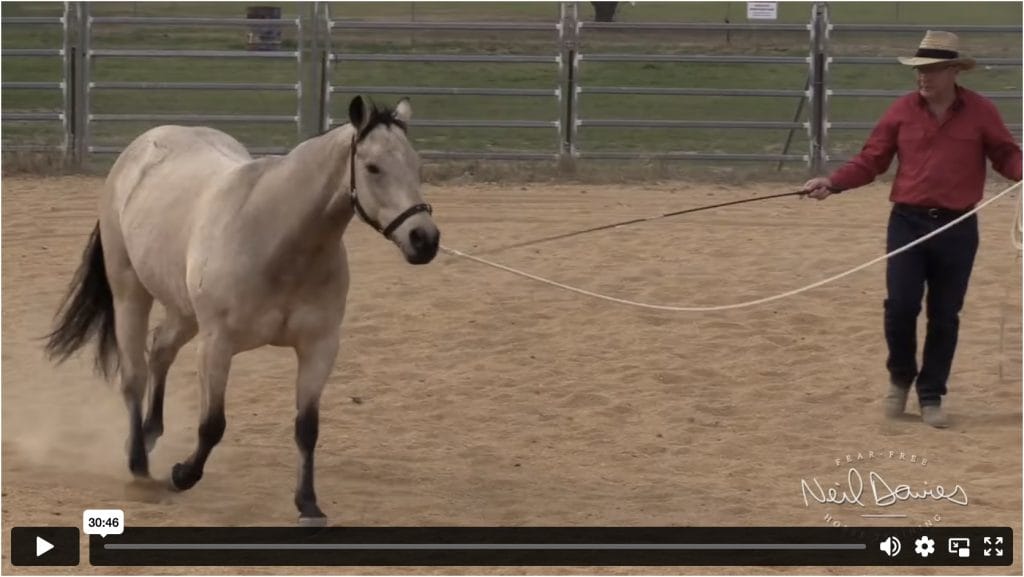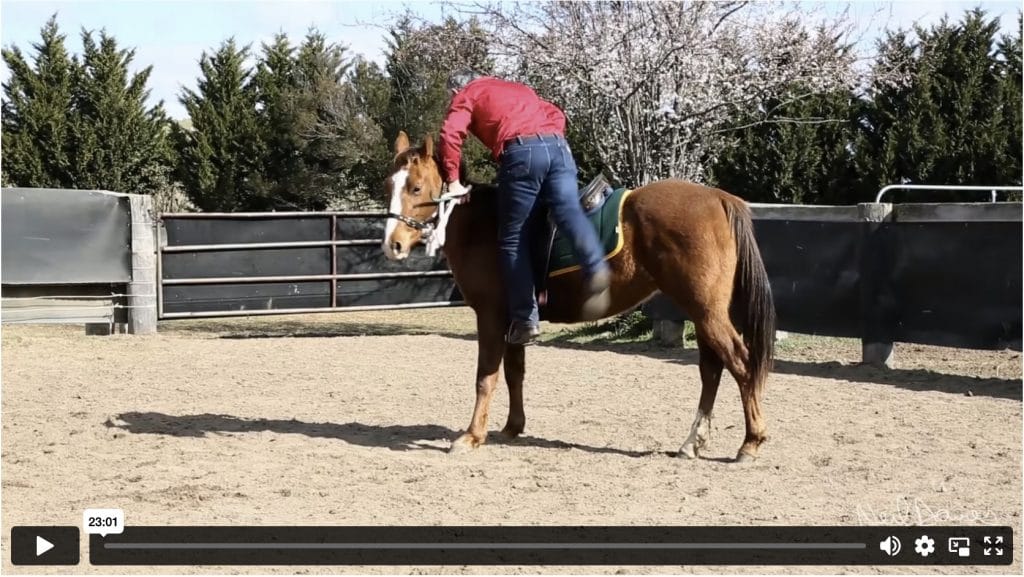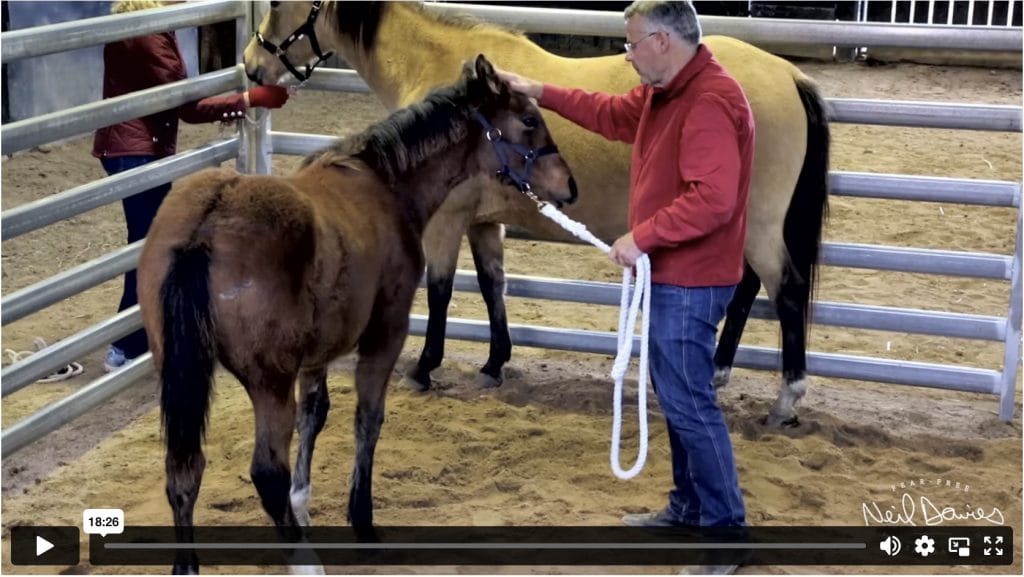A fellow rang the other day to buy a copy of my book.
‘I need it straight away because I’m breaking-in my horse and tomorrow I have to tie him up and put the bit on for the first time.
Everyone says I have to tie him up before I ride him.
Is the book available in the shops here in Melbourne?’
I told him he’d have to wait for me to post the book and in the meantime I suggested that he spend a few lessons building the horse’s confidence.
I steered him away from tying the horse and we talked about some lessons he could work on.
People often use a set ‘method’ when teaching their horse.
The method doesn’t change, no matter how old the horse or what previous handling he’s had.
It may be tie him up today, put the bit and girth on tomorrow, pull him around with the reins the next day, and so on.
No matter how the horse reacts, it’s day one do this, day two do that, and on it goes.
A set method doesn’t work.
You must always ‘read’ every horse to see what he’s thinking, whether you’re riding him for the first time or teaching flying changes.
You have to ask yourself:
Is the horse confident and relaxed,
or is he nervous and worried?
Does he understand what you’re asking,
or do you need to go back a step and go over the previous lessons.
There’s no point pushing on if your horse is nervous, worried or confused.
It’s always up to the trainer to adjust lessons to suit the horse, rather than expect every horse to conform to a set method.
My book explains this in great detail.
You’ve probably seen or heard about the horse starting competitions held at various equine shows and expos.
Trainers are allocated ninety minutes each day for three or four days, to start a horse under saddle.
At the end of the competition, these horses are supposedly ‘broken in’.
The main aim seems to be for the horses to walk over obstacles, open gates, back up and put up with flapping tarps.
It doesn’t seem to matter that none of the horses can canter, trot or even walk a circle in a confident and relaxed manner.
Lessons should never last ninety minutes.
Even half an hour’s too long.
In fact, fifteen to twenty minutes is best.
It’s always better to have a couple of short lessons each day than to push on asking for more and more.
Chasing a horse until he’s tired and distressed and dripping with sweat should have no place in horse training.
Horses should never be forced to walk over difficult obstacles in their first few days of training.
There’s plenty of time in the coming weeks and months to teach these things.
I’ve seen audiences clap and laugh when horses buck or rush away in fear.
It really makes me wonder if these people care anything for the wellbeing of horses.
If you like to watch bucking horses, go to a rodeo. Starting a horse under saddle should have nothing to do with bucking and rodeo.
Never aim to reach a certain stage in a certain time when you’re training your horse.
Never expect any horse to conform to a set method.
And always teach every horse one step at a time.
Remember, there’s always tomorrow, next week and next month.

